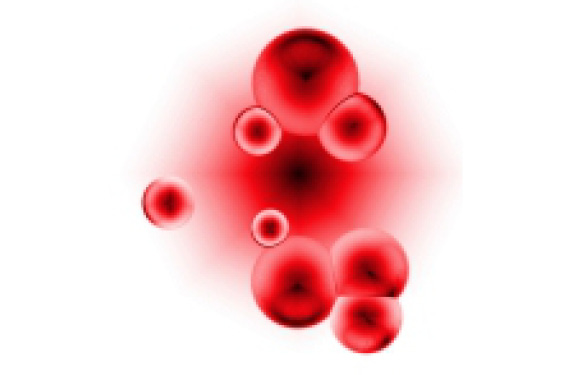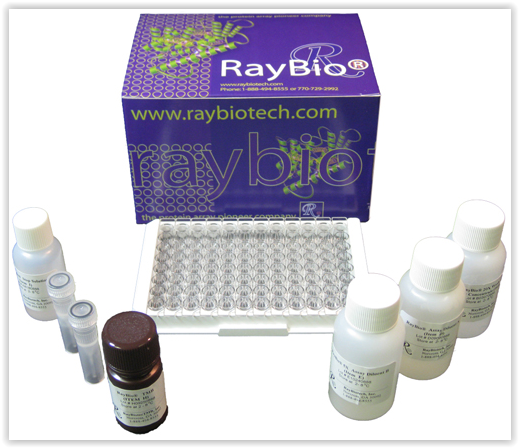Profiling tools have an increasing interest for identifying new biomarkers. Different tools are available, from classical gene profiling on DNA chips, RT-qPCR arrays, Protein arrays for secretome or transcriptome, mRNA arrays and finally miRNA arrays. All these techniques sometimes require specific material for reading arrays, and some bioanalytics to extract valuable markers of interest.
Expand your knowledge – a new vision
The increasing focus on these tools is obvious as they help to expand scientific knowledge on sometimes well-known pathways. Why restrict your analysis to classical markers instead of checking the impact on more than 100 biomarkers… at a similar cost? Value of results is obvious as well, as it offers a convenient way to identify original pathways.
The “Start smart” attitude
Facing a new project is always a stressful situation. Biomarkers chosen are generally based on literature, which may lead to duplicating, more or less, already existing information. Searching for innovative pathways looks more like a cherry-picking, highly risky strategy. At the end, this may lead to rather conservative conclusions. A striking example concerns Western blots (WB) which everybody knows may be time consuming, rather expensive and for sure limited in number for a given project. Nobody will ever make the decision to perform more than 100 WB to explore all the potential targets available. Lab’s budgets can’t survive such a strategy, and probably the time allocated to a project cannot suffer such delays…
Protein profiling on secretome or transcriptome now allows you to study more than 1000 targets from a single sample at once. Pricing is equivalent to 10 to 20 WB traditional WB. Results obtained are of top value as they immediately orientate research focus to appropriate pathways without having the risk of missing crucial information. This helps to speed up projects, focus research towards original biomarkers and at the end deeply differentiate published results.
But not everybody has the appropriate material to perform these assays, nor is used to handling these arrays. This generally needs adapted scanners to perform readouts and once results are obtained, spots need to be further analyzed to guarantee final quality. It requires some skill. One can understand the reluctance to jump into these technologies when they are only of occasional need.
So where’s the solution?
For these reasons, tebu-bio has developed over these last years a complete Profiling – Biomarker identification platform that offers researchers access to various solutions. With a complete offer including RT-qPCR arrays, protein arrays for soluble or signal transduction markers, mRNA and miRNA arrays, we help researchers to immediately identify biomarkers involved in their domains. This information, which often appears as the initial step in project management, drives studies in the appropriate direction, rapidly and in a cost effective way.
The service process is extremely simple. After defining the most appropriate solution regarding goals of interest, your samples are tested and results sent back. Time frame is generally 2 to 4 weeks depending on starting material. A dedicated project manager is always available for any questions throughout the project. There is no license involved in these studies, which are performed in our own, European-based labs near Paris.
For those who don’t have access to cell culture facilities, our cell culture platform is also ready to collaborate, with access to a large stock of primary cells.
And the next step…
Well, if you’re curious to know how this could help boost your research, get in touch to see exactly how it can work! Just leave your question or comments below.



